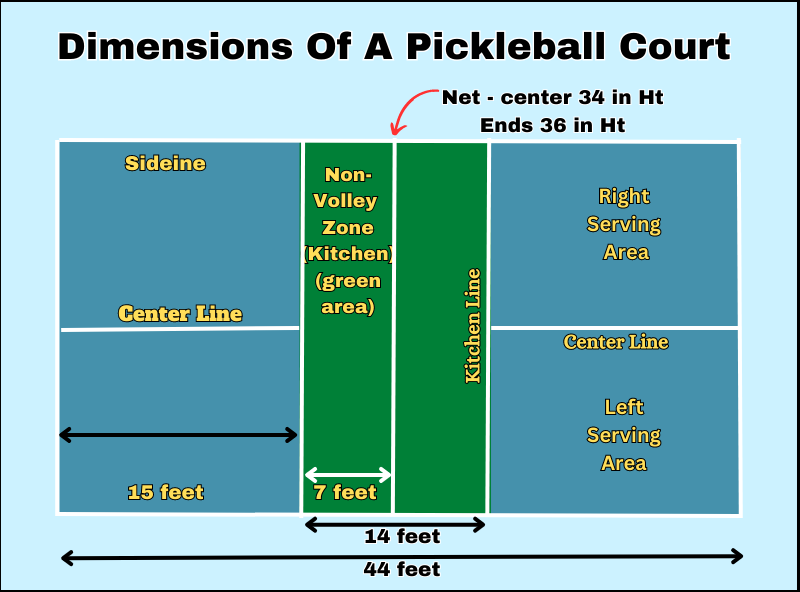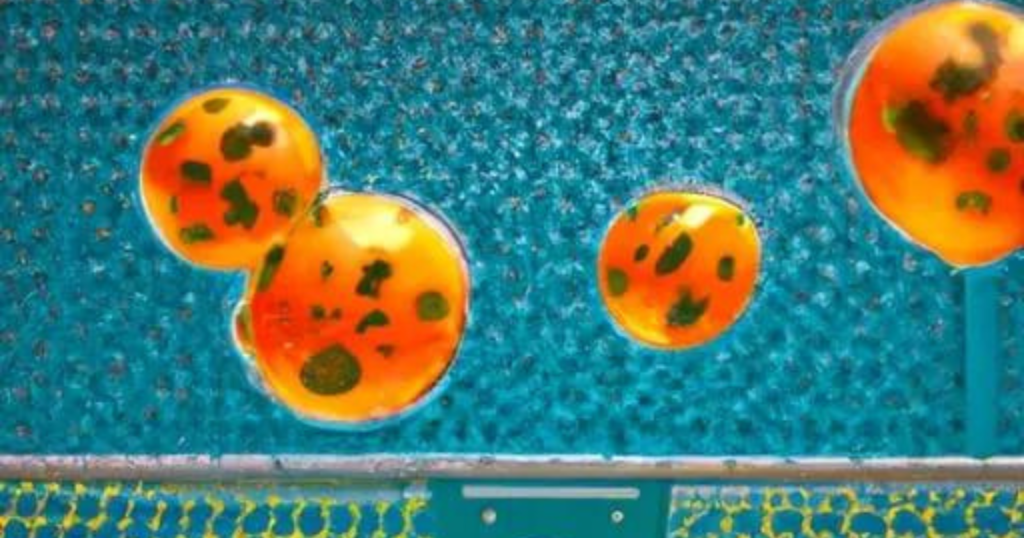You’ve landed on this page because you’re passionate about improving your skills with some simple pickleball serve techniques, and rightly so. In a game like pickleball, a powerful serve can set the tone for a winning game. But it’s not always easy, right?
As a seasoned player and pickleball enthusiast, I’ve grappled with these issues, studied the art of the serve, and honed my skills to a level that has turned many matches in my favor. As a teacher, both in the classroom and on the pickleball court, I believe in sharing my education and knowledge. Together, we will review the pickleball serve tips to elevate your game to new heights.
A Few Simple Pickleball Serve Techniques
There are different ways to serve with the flick of the wrist or a slight touch of the paddle but how you turn your paddle will determine where your ball lands on the opponent’s court. Always keep them guessing by changing the type of serve you execute. Like a lob or a soft serve or a deep and mighty serve will always have them wondering what you will do. In addition to this target the other team’s weaknesses and hit to their backhand.
I’ve been where you are right now – yearning for that perfect serve. With the right pickleball serve techniques, I’m well on my way to mastering the pickleball serve. And I’m here to share that knowledge with you so you can also excel in your games.
The Basics Of Pickleball Serve Techniques And The Court
A solid foundation begins with just a bit of talk about rules before we get into a few simple pickleball serve techniques. Let’s dive into the rules, service court, and proper serve techniques.
The Serving Rules
Here are 5 rules for pickleball serve techniques or rules:
- A serve must be hit underhand,
- Serving paddle must make contact with the ball below the waist
- Server’s feet must be behind the baseline
- The serve must land within the opponent’s service court (the court opposite the server),
- And the ball must clear the non-volley zone (kitchen).
Here is an image to help you better understand what the areas of a pickleball court are.

The Service Court
When we mention pickleball serve techniques, it helps to have knowledge of a pickleball court. The service court in pickleball is 15 feet deep and divided by a centerline. The non-volley zone, or kitchen, extends 7 feet from the net on both sides, and the serve must clear the kitchen to be considered a legal serve.
Different Types of Serves
There are several types of serves to consider when learning pickleball serve techniques. Each has its benefits and can be used to keep your opponents guessing.
Power Serve
A power serve is all about speed and force. To execute a power serve, use a strong wrist snap and follow-through, propelling the ball toward the service court with maximum velocity. It’s not about how hard you hit the ball but about how you use your wrist as a paddle power pusher.
Spin Serve
The spin serve is a deceptive serve that can be challenging for your opponents to return. By adding topspin, backspin, or sidespin to your serve, you can create unpredictable ball movement.
Lob Serve
A lob serve is a high, arching serve that travels over the opponent’s head and lands deep in their service court. This serve can be useful in mastering the pickleball serve to push your opponent back and disrupt their rhythm.
Soft Serve
A soft serve is a slower serve with minimal spin, intended to land just over the net and in the opponent’s service court. This serve can be useful in catching your opponent off guard and forcing them to move forward.
Tips for a Consistent and Accurate Serve
Consistency and accuracy are essential parts of your pickleball serve techniques. Focus on your toss-up just before you hit the ball, follow through with your paddle after you hit the ball, and practice drills to improve these aspects of your serve.
Focus on the Toss
A consistent toss is crucial for a reliable serve. Practice tossing the ball with the same height and placement each time to develop a repeatable serving motion. Once you have a consistent toss you can serve your ball anywhere in the opponent’s service area you aim for.
The Follow-Through
A proper follow-through is essential for generating power and accuracy in your serve. Practice extending your arm and snapping your wrist in the direction you want the ball to go.
Practice Drills
Develop your serving consistency and accuracy through various practice drills. Some examples include targeting specific areas of the service court or practicing different pickleball serve techniques.

Troubleshooting Common Pickleball Serve Techniques
If you’re struggling with your serve, consider these common issues and solutions to help with your pickleball serve techniques.
Serves Going into the Net
If your serves consistently hit the net, focus on your toss and follow through. Ensure you’re making contact with the ball at the right height and extending your arm during the follow-through.
Serves Going Out of Bounds
Serves going out of bounds may result from too much power or incorrect ball placement. Practice adjusting your swing speed and the angle of your paddle. Aim to keep the ball within the service court boundaries.
Weak or Predictable Serves
If your serves are weak or predictable, try varying your serve types and placement. Mix up power, spin, lob, and soft serves to keep your opponents guessing and improve your overall serve game.
Advanced Pickleball Serve Techniques
Once you’ve mastered the basics, you can incorporate advanced serve techniques to further enhance your game.
Mixing Up Serve Patterns
Varying your serve patterns can make it difficult for your opponents to anticipate your next move. Experiment with different combinations of serve types and placements to keep them on their toes.
Targeting Opponent’s Weaknesses
Identify your opponent’s weaknesses and target them with your serves. For example, if they struggle with backhand returns, aim your serves towards their backhand side.
Using Serves to Set Up Winning Shots
A strong serve can set up advantageous court positions and create winning opportunities. Use your serves strategically to gain the upper hand in rallies and put pressure on your opponents.

FAQ Section For Pickleball Serve Techniques
In this section, we’ll address some frequently asked questions about pickleball serve techniques. These questions and answers provide additional insight into improving your serve and overcoming common challenges.
How can I increase the power of my pickleball serve?
To increase the power of your serve, focus on generating more force from your legs, core, and arm. Make sure to use a proper grip and stance, and engage your whole body during the serve. A strong wrist snap and full follow-through will also contribute to a more powerful serve.
How can I prevent my serve from being too predictable?
To keep your serve from being too predictable, mix up your serve types, speeds, and placements. Incorporate power, spin, lob, and soft serves into your game, and aim for different areas of your opponent’s service court. Regularly changing your serving strategy will keep your opponents guessing and make your serve more challenging to return.
How often should I practice my serve to see improvement?
The frequency of practice depends on your current skill level and desired improvement. However, a general guideline is to practice your serve at least two to three times per week, focusing on consistency, accuracy, and variety. Regular practice, combined with intentional adjustments and experimentation, will lead to noticeable improvements in your serve over time.
Conclusion – Pickleball Serve Techniques
Mastering the pickleball serve is a critical aspect of improving your game. By focusing on the basics, practicing different serve types, and incorporating advanced techniques, you can elevate your serving skills and become a formidable opponent on the court.
Additionally, USA Pickleball is an excellent resource for staying up to date on the latest news, rules, and techniques in the sport. Keep practicing, and watch your pickleball game soar to new heights!

